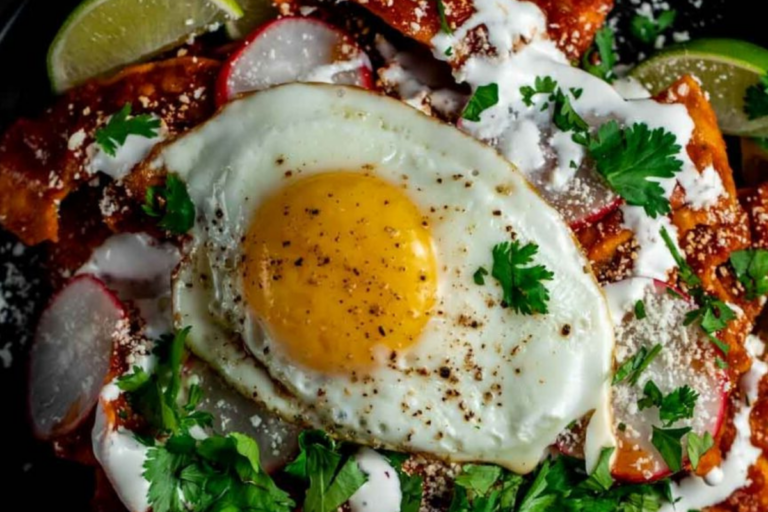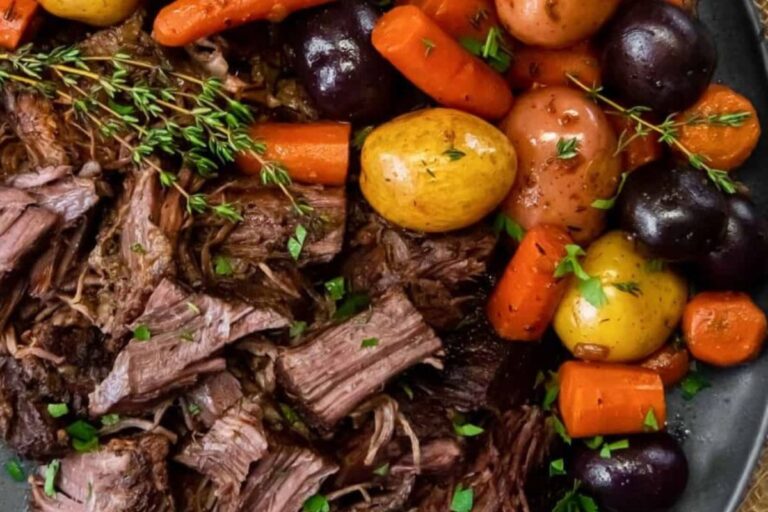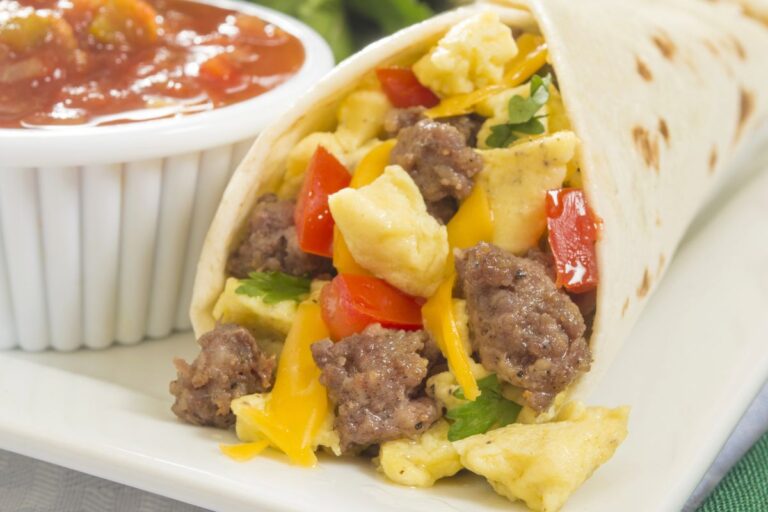15 Mistakes Almost Everyone Makes When Cooking Spam
Thanks to its versatility and long shelf life, Spam has become a beloved pantry staple for many. Whether you fry, bake, or toss it into a stir-fry, Spam can be a delicious addition to countless meals. However, despite its simplicity, cooking
Spam can go wrong in surprising ways. Common mistakes can ruin your dish from not preparing it properly to overcooking it. Here are 15 mistakes almost everyone makes when cooking Spam and how to avoid them.
Skipping the Rinse

Spam comes packed in a salty brine that helps preserve it but can leave the meat overly salty if not appropriately managed. Many people skip the step of rinsing Spam before cooking, leading to overly salty and unbalanced dishes.
Rinsing Spam under cold water can help remove some of the excess salt and prevent the final dish from being overwhelmed by briny flavors. Simply drain the Spam, rinse it lightly under running water, and pat it dry before cooking. This small step can make a significant difference in the taste and saltiness of your meal.
Not Slicing Evenly
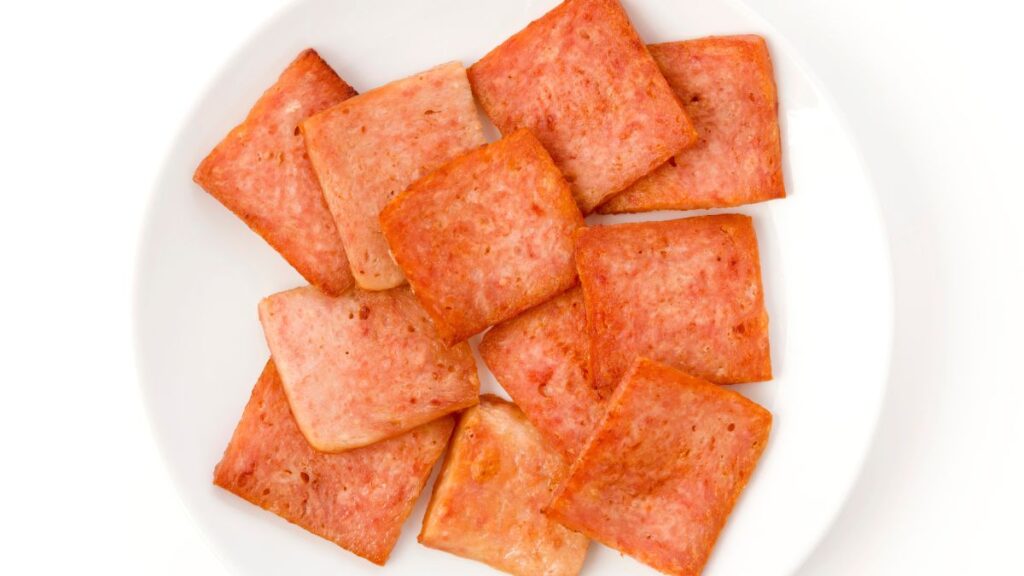
When preparing Spam, cutting it into even slices is crucial for consistent cooking. If the slices are uneven, some parts of the Spam will cook faster than others, resulting in a mix of overcooked and undercooked pieces.
This can affect both the texture and flavor of the Ham. Take the time to slice the Ham into uniform pieces, aiming for a thickness that ensures even cooking. Even slices will help achieve a consistent and enjoyable result, whether you’re frying, grilling, or baking.
Overcooking the Spam

When it comes out of the can, spam is fully cooked, so it only needs to be heated. Overcooking Spam can lead to a tough, dry texture and a less flavorful meal. It’s important to monitor the cooking time closely and avoid leaving Spam on the heat for too long.
Ideally, you want the Spam to be heated until it’s hot and lightly browned on the outside. This approach preserves its moist interior while giving it a nice crispy exterior, resulting in a more delicious and satisfying dish.
Using Too Much Oil

Spam is naturally high in fat, so adding extra oil when cooking can lead to an excessively greasy and heavy dish. Many cooks make the mistake of using more oil than necessary, which can mask the flavor of the Spam and make the dish less enjoyable.
Instead, use a light spray of cooking oil or a non-stick pan to prevent sticking without adding extra fat. This approach ensures that the Spam remains crispy and flavorful without becoming overly greasy.
Ignoring the Crust
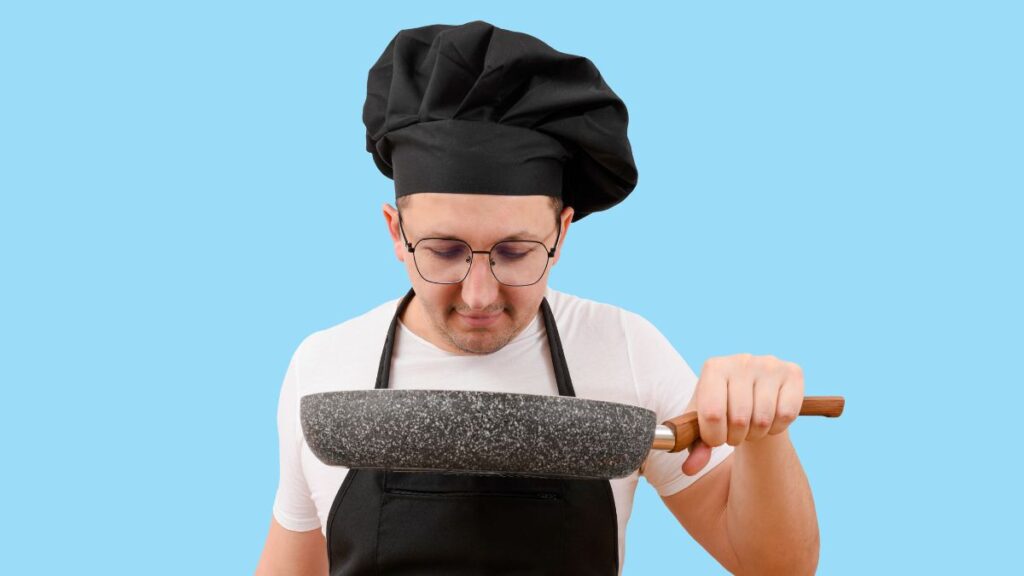
One of the key joys of cooking Spam is achieving a crispy, golden-brown crust. However, many people make the mistake of frequently flipping or stirring the Spam, which can prevent the formation of a good crust.
To achieve that perfect crust, allow the Spam to cook undisturbed for a few minutes on each side. This helps develop a nice sear and crisp texture, enhancing the overall flavor and presentation of your Spam.
Using Low Heat

Spam cooks best over medium to high heat. Cooking Spam on low heat can result in a soggy texture rather than the desired crispy exterior.
The key to a successful cook is to use higher heat, allowing the Spam to brown and crisp up properly. This method helps render the fat efficiently while achieving a desirable texture, so don’t be afraid to turn up the heat for better results.
Adding Spam Too Early
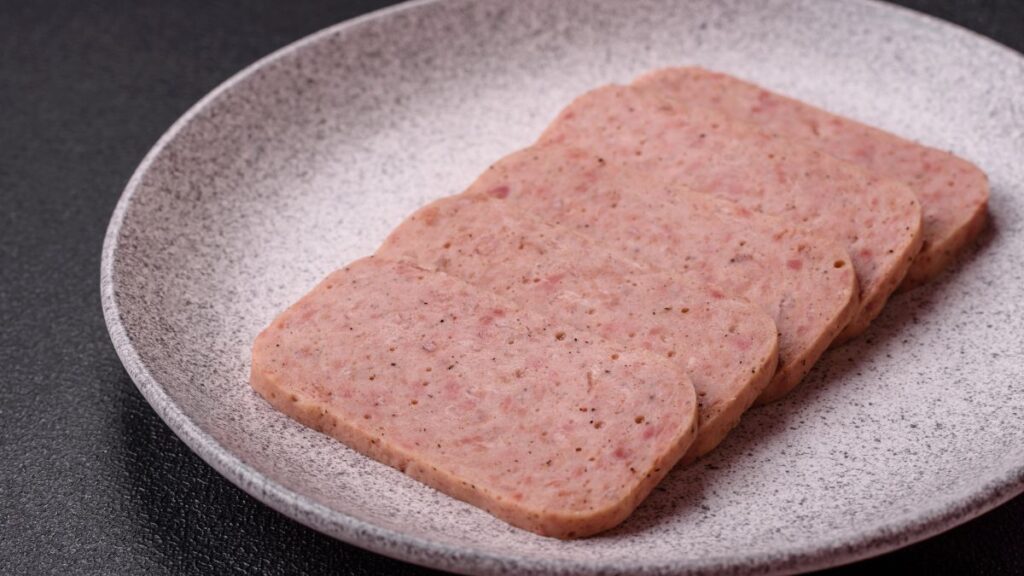
Adding Spam too early can lead to a mushy texture and less flavor in dishes like fried rice or stir-fries. Spam should be added toward the end of the cooking process to maintain its crispiness and distinctive taste. Adding Spam later allows it to stay crisp and flavorful while letting other ingredients cook first. This timing ensures that the Spam remains a highlight of the dish rather than blending into the background.
Not Experimenting with Flavors
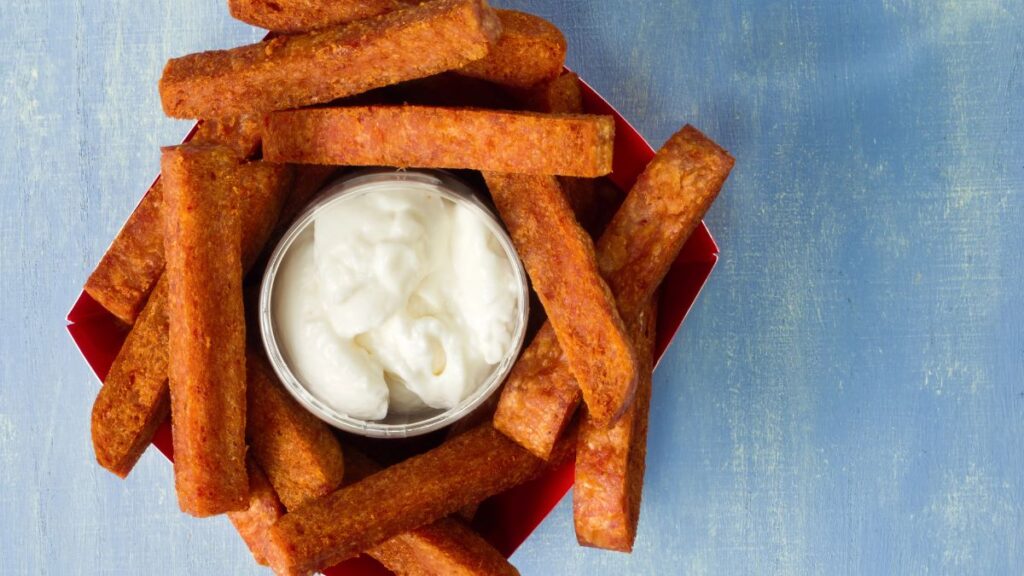
Spam has a unique flavor that can be enhanced with various spices, marinades, or glazes. Many cooks stick to basic preparations and miss out on opportunities to elevate the dish with additional flavors.
Try experimenting with ingredients like soy sauce, honey, hot sauce, or barbecue glaze to add depth and interest to your Spam. This experimentation can lead to new and exciting flavor combinations, making your Spam dishes even more enjoyable.
Cooking Directly from the Can
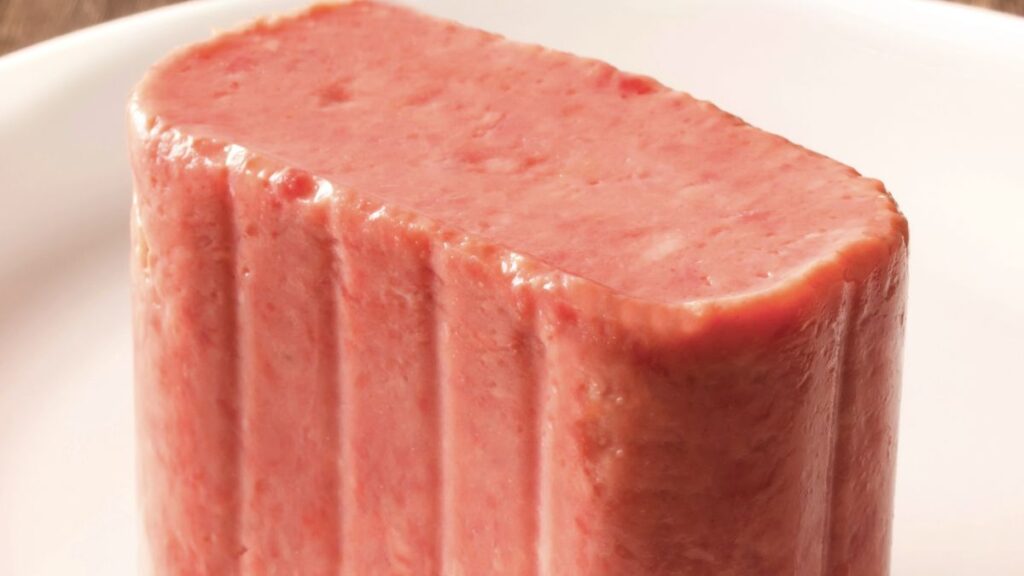
Spam is best when it is allowed to sit at room temperature for a few minutes before cooking. Cold Ham straight from the can can cook unevenly and may not brown as well. Allowing the Ham to warm up slightly helps it cook more evenly and achieve a better texture. If you have the time, let the Ham sit out for a short while before cooking to get the best results.
Forgetting to Drain the Can

Opening a can of Spam reveals a bit of liquid inside, which can make cooking messier and dilute the flavor. Many people forget to drain this liquid, leading to a wetter cooking process and potentially less concentrated flavor.
Always make sure to drain the liquid from the can before cooking to ensure a cleaner, more flavorful result. This step helps maintain the texture and taste of the Spam in your dish.
Overloading the Pan

Cooking too much Spam at once can lead to overcrowding the pan, which results in steaming rather than browning. This can make the Spam soggy and less appetizing. To achieve the best texture, cook Spam in batches if necessary, ensuring that each piece has enough space to crisp up properly. This approach allows for even cooking and better results overall.
Ignoring the Possibilities Beyond Frying
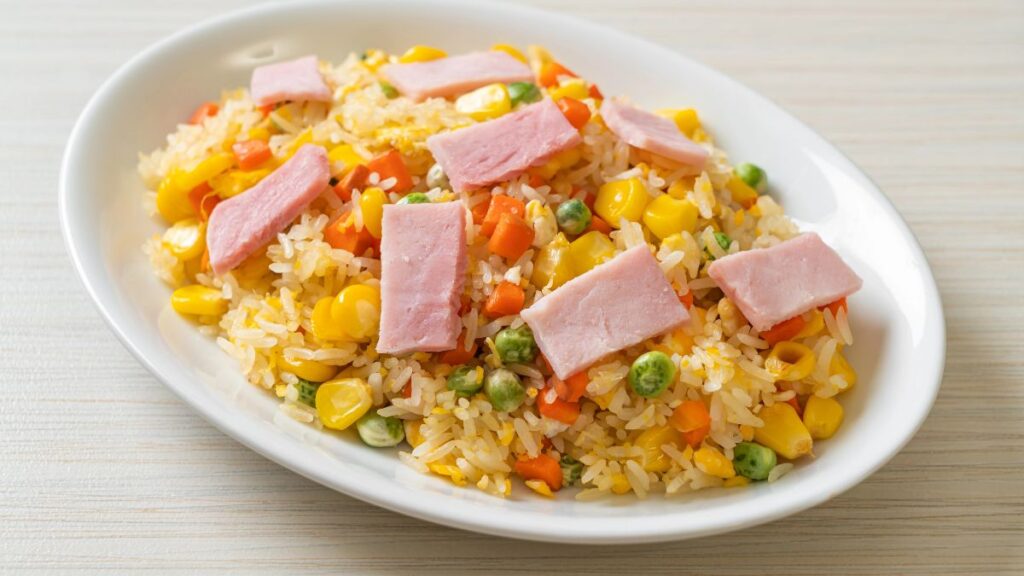
While frying Spam is common, it’s not the only way to prepare it. Many people stick to frying and miss out on other cooking methods like baking, grilling, or air frying. Each method brings out different textures and flavors in Spam, so don’t be afraid to try new techniques. Exploring different cooking methods can lead to delicious variations and new favorites.
Underestimating the Saltiness
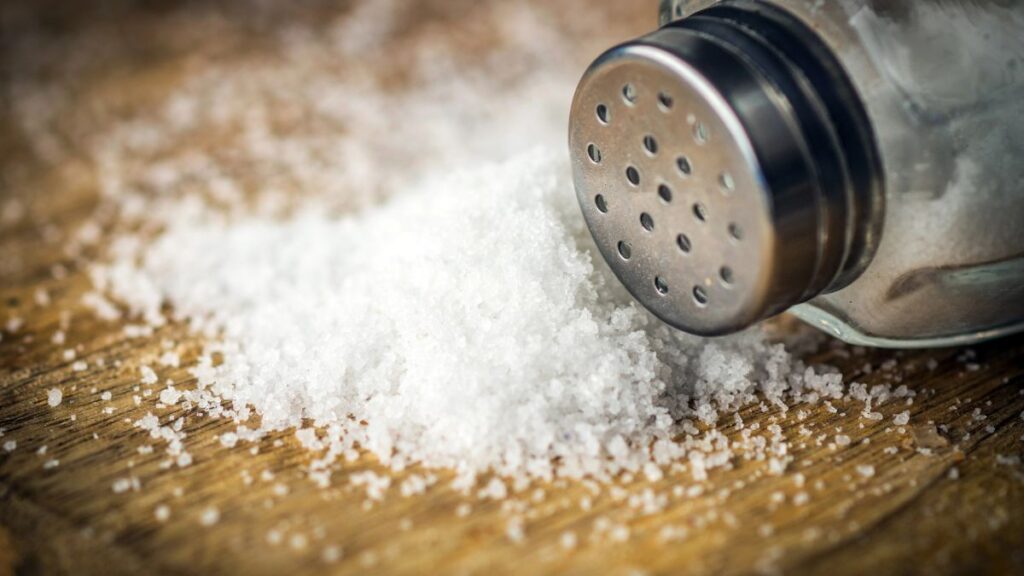
Spam is quite salty on its own, so it’s important to be cautious when adding additional salt to your recipe. Adding extra salt without tasting the dish first can result in an overly salty meal. Taste your Spam dish as you cook and adjust the seasoning accordingly. This practice helps ensure that your final dish is well-balanced and not overwhelmed by salt.
Storing Spam Improperly After Opening

Proper storage is crucial to maintain quality once you open a can of Spam. Leaving Spam uncovered in the fridge can cause it to dry out and lose its flavor. Instead, transfer any leftovers to an airtight container and store them in the refrigerator. This helps keep the Spam fresh and flavorful for a few days after opening.
Overlooking Portion Control

Spam is delicious but also high in fat and sodium, making portion control important. It’s easy to overindulge, especially when the Spam tastes so good. Stick to reasonable portion sizes to enjoy Spam without overdoing it. By managing portions, you can enjoy Spam as part of a balanced diet without excessive consumption.
Eating Right With Type 2 Diabetes: Stay Away From These 15 Foods

Managing type 2 diabetes involves making careful food choices to keep your blood sugar levels stable. Some foods can cause your blood sugar to spike, making it harder to manage your diabetes.
Eating Right With Type 2 Diabetes: Stay Away From These 15 Foods
15 Foods That Are Becoming Too Expensive To Buy Due To Skyrocketing Prices

Food costs have been steadily rising in recent years, impacting households worldwide. Various factors, such as climate change, supply chain disruptions, and increased demand, have contributed to the soaring prices of many staple foods.
15 Foods That Are Becoming Too Expensive To Buy Due To Skyrocketing Prices


